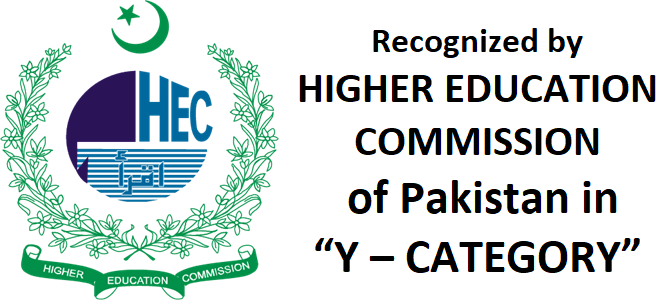Association between obesity and academic performance among college students of Umerkot, Sindh, Pakistan
DOI:
https://doi.org/10.33897/fujrs.v2i1.264Keywords:
Academic performance, Adolesents, BMI, ObesityAbstract
Background: The obesity rate among adolescents is rising, similar to that of adults. Obese teenagers face a serious potential health problem as they get older. Obesity may have direct effect on academic performance.
Objective: The purpose of this study was to determine the prevalence of obesity and its association with academic performance among first year college students of Umerkot, Sindh, Pakistan.
Methods: This cross-sectional study was conducted from November 2019 to January 2020 in the private and government colleges of Umerkot, Sindh, Pakistan, and comprised of a systematic random sample of intermediate (part one) students. Body Mass Index (BMI) was measured to determine obesity, and academic performance was assessed through detailed marks certificate (DMC) of matriculation. SPSS v20 was used for data analysis. In order to determine the association Pearson's correlation coefficient was used, with p value <0.05 taken as statistically significant.
Results: Overall, 378 students were included in the final analysis. The prevalence of obesity was only 5%. More boys than girls were obese (3.4% vs. 1.6%). The mean percentage of the students in all academic subjects was 76.4%. In addition, 5.8% overweight and 2.4% obese students received ?80% marks. There was a significant positive association between BMI and academic performance (r=0.13, p<0.012).
Conclusion: This study showed the positive relationship between obesity and academic performance in Umerkot, Pakistan. Obese students are likely to have better academic performance. The prevalence of obesity among students is low. Male students tend to be more obese and overweight than female students. However, large-scale, longitudinal studies are recommended.
Downloads
Published
Issue
Section
License
All Articles are made available under a Creative Commons "Attribution-NonCommercial 4.0 International" license. Copyrights on any open-access article published by the Foundation University Journal of Rehabilitation Sciences (FUJRS) are retained by the author(s). FUJRS is an open-access journal that allows free access to its published articles, in addition, to copy and use for research and academic purposes; provided the article is correctly cited. FUJRS does not allow commercial use of the articles published in FUJRS. All articles published represent the view of the author(s) and do not reflect the official policy of FUJRS.



